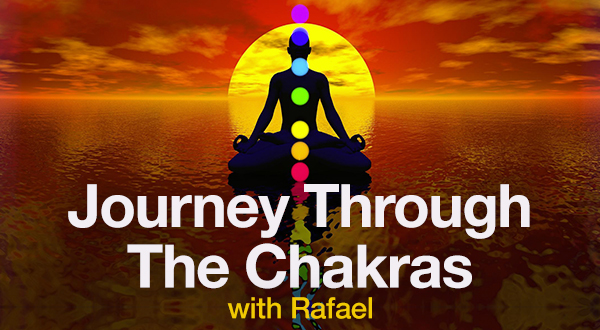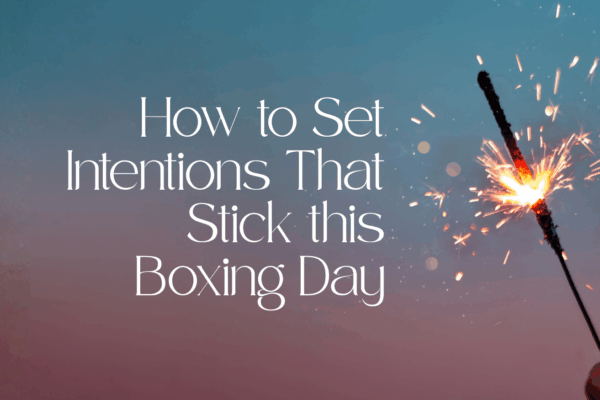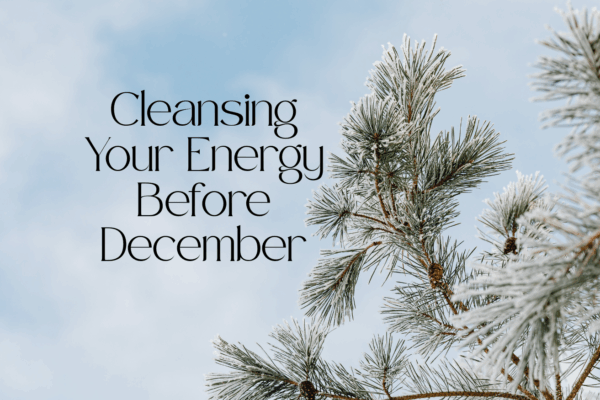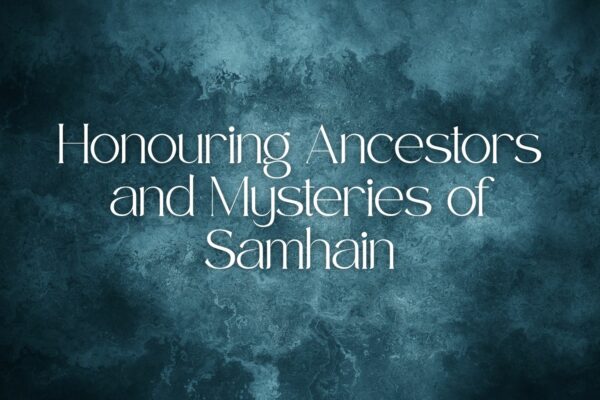Which Tea?
HERBAL TEAS TO BALANCE OUR CHAKRAS
by Carma pin 6965
Which Tea could help you to feel better? Herbal teas can assist with stress, and also the detoxification of the digestive system. Consequently, they can strengthen our energy and immune system, as well as relieving depression.
Herbal teas can also be used to reduce blockages in the 7 main chakras. They have therefore been used for many centuries. You can use them to rebalance your physical body, your mind and soul. And, all of these contribute to your well-being.
The chakras are energy centres located in specific body parts. Quite often, they are either over active or under active. Naturally, our aim is therefore to balance all 7 chakras. But also, to keep them in balance for optimal health. In this article, discover which tea can help balance each chakra. Of course, be careful in your choices if you have any allergies!
WHICH TEA, WHICH CHAKRA?
-
THE ROOT CHAKRA:
This chakra, is about survival and foundation such as money, shelter, food and safety. The colour of this chakra is red. So, no surprise then, that emergency signs are red! Grounding, emotional issues and trust are all therefore the challenges of this chakra.
Signs of blockages: Feeling anxious, insecure, fearful and too much energy.
Body parts: Base of the spine. Our hips and the immune system are therefore impacted if this chakra is out of balance.
Mantra: I am.
Herbal Teas: Dandelion root, Ginger, Elderflower, Cinnamon and Sage teas are some of the teas that support this chakra.
-
THE SACRAL CHAKRA:
This chakra is about sexuality, intimacy, creativity and doing what we love. The colour of this chakra is orange.
Signs of blockages: Emotional manipulators, guilt, shame and low libido. Also dramas, sexual addictions, obesity, eating disorders, hormonal imbalance and restlessness.
Body parts: Reproduction organs, large intestine, circulation of blood, hips, pelvis, kidneys and lower back.
Mantra: I feel.
Herbal Teas: Hibiscus, Raspberry, Nettle and Calendula flower are some of the teas that support this chakra.
-
THE SOLAR PLEXUS CHAKRA:
This chakra is about confidence, willpower, self esteem, self-control and confronting fears. The colour of this chakra is yellow.
Signs of blockages: Feeling insecure, lack of self confidence, motivation, anger, co-dependency. Also, being indecisive, having a lack of energy or a lack of compassion.
Body parts: Is located in the stomach and diaphragm.
Mantra: I do.
Herbal Teas: Lemon grass, Rosemary, Fennel and Cinnamon teas, support this chakra.
-
THE HEART CHAKRA:
This chakra is about emotions, self care, love, joy, healing, compassion and give and take. The colour of this chakra is green/pink.
Signs of blockages: Issues with loving others or self, lack of empathy and feeling disconnected from others. Also, acceptance of deceptive behaviour and putting the needs of others before self. And additionally, trust issues created from heart break.
Body parts: Heart, chest and lungs.
Mantras: I speak.
Herbal Teas: Hawthorn Berry, Rose tea/petals, Matcha and Jasmine green teas, are some of the teas supporting this chakra.
-
THE THROAT CHAKRA :
Is about the ability to clearly communicate and express ourselves with compassion and love. The colour of this chakra is blue.
Signs of blockages: Unable to express yourself, jealousy, co-dependency, withdrawn, excessive, holds grudges. Throat infections, cavities, mouth ulcers, thyroid, lack of confidence, difficult thinking, unable to speak our truth, monopolize conversations, speaking loud as well as speaking before thinking and struggling to forgive.
Body parts: Throat, neck and mouth.
Herbal Teas: Red clover blossom tea, Butter pea flower tea, Lemon balm and Eucalyptus.
-
THE THIRD EYE CHAKRA:
This chakra is responsible for our intuition, imagination, concentration, perception and memory. The colour of this chakra is indigo.
Signs of blockages: Forgetfulness, headaches, migraines, struggling to concentrate, suffering from nightmares, can not see the bigger picture. Lack imagination, do not factor our intuition into our decision making. Lack of faith and not connecting with others.
Body parts: Brow point, in particular the middle of the forehead, ears and eyes.
Mantras: I see.
Herbal Teas: Mint tea, Lavender tea, Lemon teas and Jasmine, to name but a few.
-
THE CROWN CHAKRA:
This chakra is responsible for our spiritual connection, wisdom and enlightenment. The colour is purple/white.
Signs of blockages: Indecisive, a lack of life purpose/direction and perception. May suffer from depression, migraines, ignorance, co-dependency and cannot see the full picture. A closed mind as well as not accessing your higher mind, are also signs of blockages.
Body parts: The top of the head, infections and the nervous system.
Mantras: I understand.
Herbal Teas: Lavender based tea, White Jasmine tea and Lotus root, to name a few.
WHICH TEA SUITS?
Incidentally, today there is such a wide selection of herbal teas! These are presented in tea bags, loose leaves, powder, herbs, bark and flowers. Any of these can help support our over all wellbeing. Just some examples are as Ashwagandha, Turmeric, Thyme, Earl/Lady Grey, Echinacea, Moringa, Neem and Chamomile to name a few.
When exploring herbal teas, we will find that they are amazing for the part they play in our well-being. But equally, they are of course enjoyable. And yes, we can consume them at any time of the day.
TEA USES and CUSTOMS IN THE WORLD
For some, tea drinking is considered an act of mindfulness. Also, people consider them to be an important ingredient in social, ceremonial and business occasions. This applies particularly for the Japanese and equally the English. They enjoy afternoon tea or high tea, which goes back to the mid 16th Century. For the Japanese, having tea amounts to a ritual that forms a special Japanese tea ceremony. This is steeped in tradition, going back as far as the 9th Century. The Japanese call their tea ceremony sado/chado or cha-no-yo. This is essentially the preparation of match green tea, in 6 stages.
The Chinese initially used tea for medicinal reasons. It was also heavily consumed by Buddhist monks. Later, tea became available for all to enjoy. Tea drinking in China also, goes back to the 9th Century. The Indians tea drinking goes back to 750B.C and the Sri Lankans received their first tea plant from China in 1824. The Indians and Sri Lankans therefore both enjoy an extensive range of teas. But, their speciality is masala/chai tea. This tea is filled with many spices and herbs that assist the immune system. Just some examples are cinnamon and cardamom.
There are still a number of active tea plantations all over Asia, especially in India, Sri Lanka, Japan and China. So, these help in facilitating the World’s fascination, consumption and enjoyment of teas.







